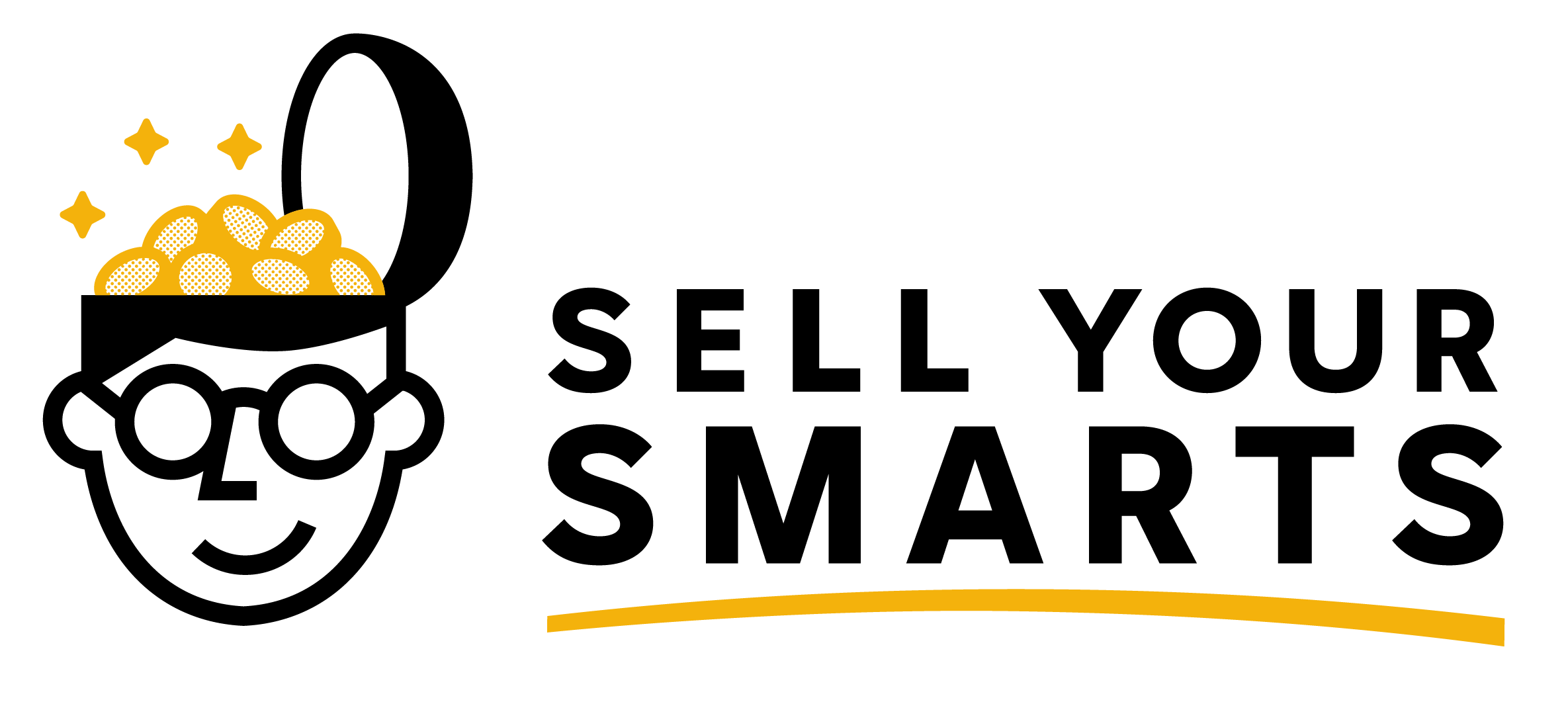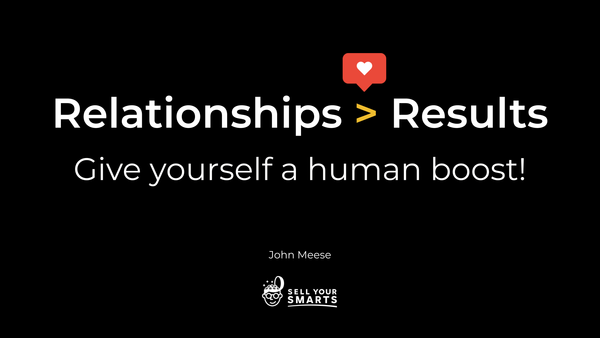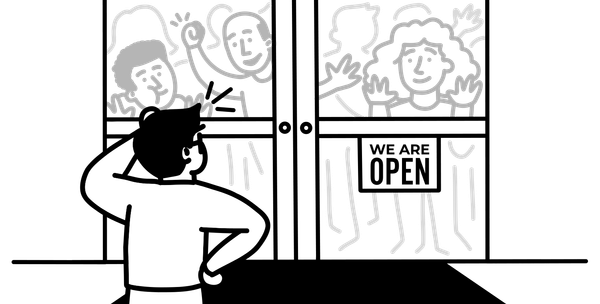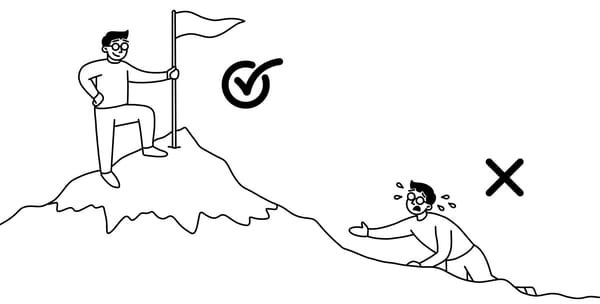Where's Your Cash? 🏦
In 2008, General Motors owned billions of dollars in automobiles, real estate, and other valuable assets including cash... and yet they declared bankruptcy.
Lehman Brothers set a record that same year, declaring bankruptcy with $700 billion in assets on-hand! In both cases, the balance sheet was overflowing but cash flow simply couldn't keep up.
Write a "Too Long, Didn't Read" tip here to summarize the lesson with the most important takeaway from the lesson.
In layman’s terms “cash flow” is simply the amount of money (cash) moving in and out of your business at any given time, representing the fluid nature of income and expenses from day to day in any business.
The true lifeblood of your business is not found in your Profit & Loss statements or quarterly earnings reports—it’s found in the cash flow into your bank accounts.
Design Your Cash Flow Inflow
Many business owners recognize the importance of cash, but most fail to understand that cash flow is predominantly a symptom of business design. In other words, whether or not your business is cash flow positive is up to you.
“Cash flow positive” is the technical term that financial analysts use to describe a business that brings in more money than it loses with each sale.
In a very simple example, if someone pays you $100 to create a product that costs you $10 to make, and you don’t have to spend your $10 until someone pays you $100, you have a cash flow positive business.
Becoming cash flow positive is important, because that is the only sustainable way to grow a business while bootstrapping, by paying for production with incoming revenue.
If you design a business that requires you to spend money to create each product before you get paid by the customer, your business is “cash flow negative.”
This is different from profit, because you can have a profitable product or service that is still cash flow negative.
Once you are cash flow positive, the sky’s the limit on your business growth. Each new sale funds the production of each new product or service, so the only restraint to your business growth is your ability to scale operations with the infrastructure behind what you sell!
Many (perhaps most) businesses are cash flow negative by design, so it is possible to succeed this way—but it comes with extra financial burden, and each sale comes with an extra element of risk.
For example, many design agencies operate a cash flow negative business, where they pay their own team of designers and developers thousands of dollars before they send an invoice to a client.
Even if everything goes smoothly, and a client pays on time... these agencies are cash flow negative because the cost of delivering the service has already been committed or spent before the income has come in.
If it doesn't go smoothly? That keeps the "Accounts Receivable" team busy.
By contrast, what if that same agency negotiated a retainer agreement with the same client, where they get paid $10,000 at the first of each month for a set scope of work? Huzzah! They're cash flow positive.
How to Become Cash Flow Positive
In the cartoon Popeye, the beloved character Wimpy is fond of saying, “I’ll gladly pay you Tuesday for a hamburger today!”
Watch out for Wimpy. There are plenty of people who will gladly take your product in exchange for an IOU, but you run a business, not a bank.
So what should you do?
Solution #1: Charge Up Front. The easiest solution, if your customers will accept it, is simply to charge up front. Require initial payment, either in full or a partial deposit, and most customers won't blink an eye.
Solution #2: Incentivize Payment in Full. If you can't get all customers to pay 100% up front, you can offer a "Prompt Payment" discount of 5% - 10% or offer a "Pay in Full" discount of 15% - 20% for covering multiple months of payments all at once.
Solution #3: Negotiate Your Supply Chain. You would be surprised how many suppliers will agree to 30, 60, or 90-day terms on their invoices. You can often receive the goods you need to sell your products, and have up to three months to pay for them!
Solution #4: Mind the Gap. Your goal here is to minimize your cash flow negativity as much as possible, so your final potential solution is to shorten the gap between when you pay to create a product and when you get paid by your customer to the shortest possible window of time.
Like every other aspect of financial health in your business, being cash flow positive is not simply a yes or no binary decision.
There are many ways you can make progress to have as positive a cash flow as possible—and similarly, there are various levels of cash flow positive health.
Increasingly, accounting tools like QuickBooks Online have cash flow forecasting built in, but you may not need those tools if you can design a cash flow positive business.
Once you’ve established working capital, and you’re using Profit First to build up your operations account over time, you can watch the sales come in with a confident smile and relax!
So, where is your business right now? Where do you need to grow next?





